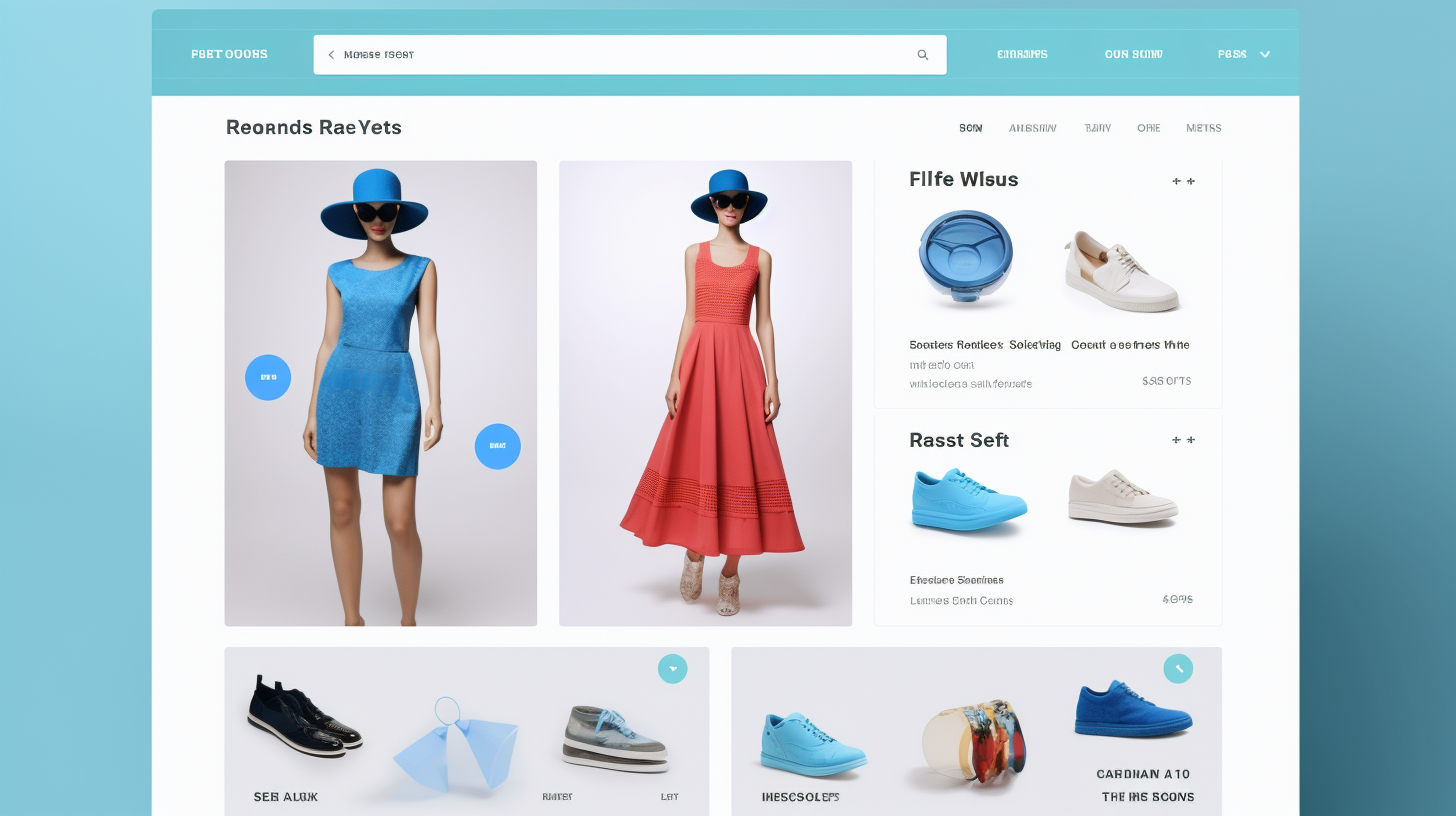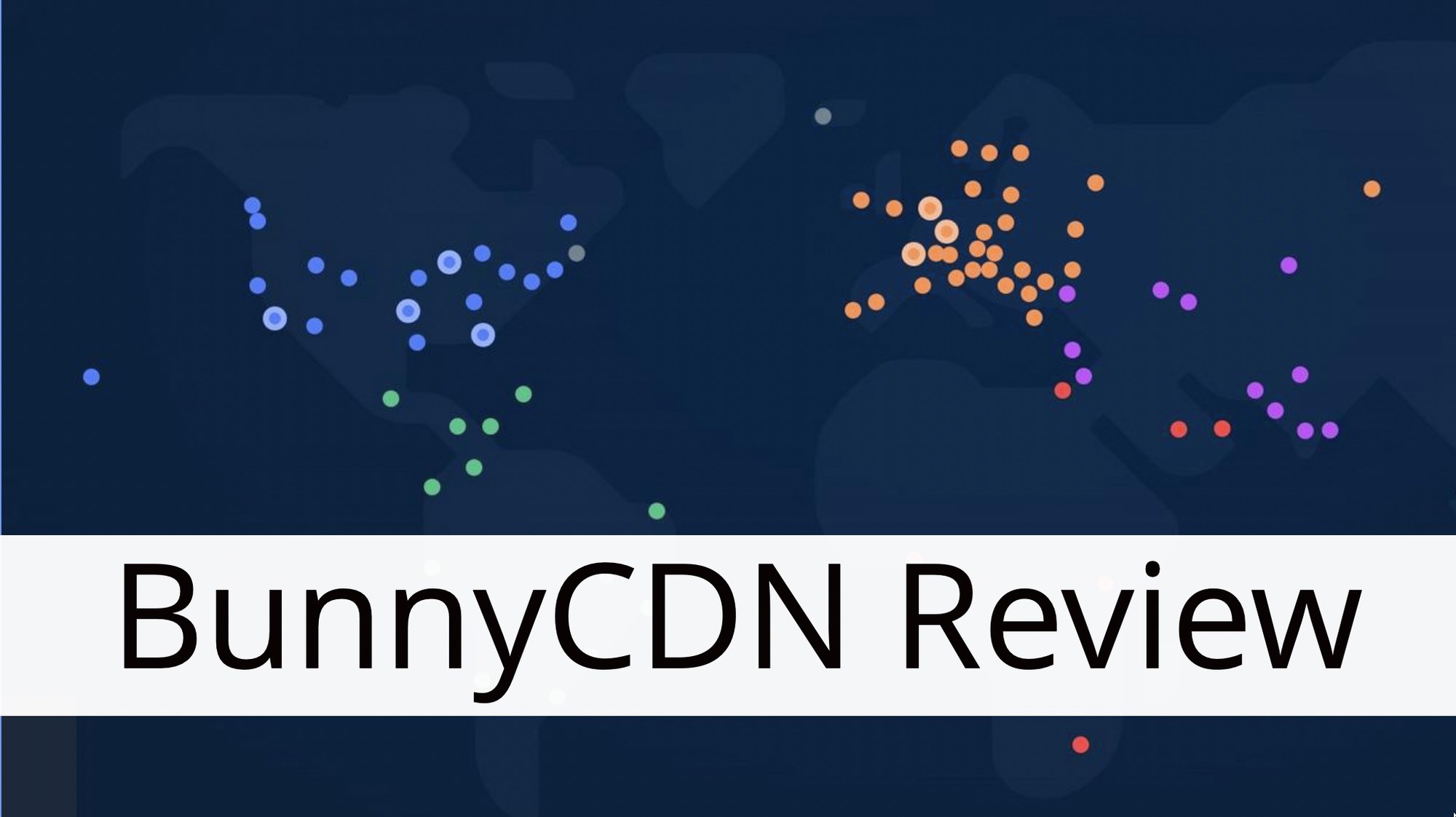Welcome to the world of cross-selling strategies for your WordPress online shop! If you’re looking to maximize your sales potential and drive up your revenue, then you’ve come to the right place. Cross-selling is a powerful technique that can help you increase your average order value and boost customer loyalty. By suggesting related products or complementary items to your customers, you can significantly enhance their shopping experience while simultaneously increasing your sales.
In this article, we’ll explore the power of cross-selling, effective techniques to implement in your online shop, and the many benefits it can bring to your business. We’ll also dive into how cross-selling can be leveraged to generate repeat business and keep your customers coming back for more.
So, whether you’re a seasoned online store owner or just starting out, get ready to discover the secrets to maximizing your sales potential through cross-selling strategies. Let’s jump right in!
The Power of Cross-Selling
Are you looking for ways to boost your sales and increase your profits? Look no further than cross-selling. This powerful sales tactic has been proven to have a significant impact on revenue generation for businesses of all sizes.
Increased Sales Potential
Did you know that 80% of e-commerce businesses in the United States reported using cross-selling and upselling tactics to increase sales? This strategy is highly effective because it taps into the existing customer base and capitalizes on their trust and loyalty. By cross-selling additional products or services to your customers, you can increase the average transaction value and maximize your sales potential.
Cross-selling works by offering complementary or related products that enhance the customer’s purchase or address their broader needs. For example, if a customer is buying a digital camera, you can suggest accessories like a lens, memory card, or a camera bag. By presenting these options at the right time, you can increase the likelihood of additional purchases. It’s a win-win situation for both you and the customer – they get everything they need, and you increase your sales revenue.
Higher Response Rates
But what makes cross-selling even more powerful is its ability to drive higher response rates. According to Gartner research, cross-selling can increase sales by 20% and profits by 30%. This means that by effectively employing cross-selling tactics, you can not only boost your revenues but also improve your bottom line.
One of the reasons behind the higher response rates lies in the fact that cross-selling capitalizes on the customers’ buying mindset. When they are already in the purchasing mode, they are more receptive to additional offers that complement their main purchase. By strategically positioning cross-sell recommendations during the customer journey, you can capture their attention and encourage them to explore more options.
Take Amazon as an example, where cross-selling is a key driver of their success. Did you know that approximately 35% of Amazon’s revenue comes from upselling? This showcases the immense potential that cross-selling holds when implemented effectively.
Remember, the key to successful cross-selling lies in offering relevant and valuable recommendations that genuinely enhance the customer’s experience. By understanding your customers’ needs, preferences, and purchase history, you can identify the right cross-selling opportunities and present them at the right moment. Embrace the power of cross-selling, and watch your sales soar.
Effective Cross-Selling Techniques
Cross-selling is a powerful strategy that can boost sales and customer satisfaction. By suggesting additional products or services that complement a customer’s purchase, businesses can increase their average order value and establish deeper relationships with their customers. In this article, we will explore three effective cross-selling techniques that every sales professional should consider implementing.
Discounts and Promotions
Offering discounts and promotions is a tried and true method to entice customers to make additional purchases. In fact, 67.6% of cross-selling sales professionals offer discounts and promotions[1]. By providing customers with incentives such as a percentage off their next purchase or a buy-one-get-one free offer, you not only encourage them to buy more but also make them feel like they’re getting a great deal.
Here are a few strategies to effectively leverage discounts and promotions for cross-selling:
- Set a minimum order threshold for the discount to encourage customers to add a little extra to their cart.
- Create limited-time offers to create a sense of urgency and drive immediate action.
- Use personalized promotions based on the customer’s purchase history to show that you understand their needs and preferences.
Product Recommendations
Another effective cross-selling technique is to provide customers with product recommendations[1]. Taking advantage of data-driven algorithms and customer behavior analysis, 66.1% of cross-selling sales professionals recommend related or complementary products[1]. By suggesting items that enhance or complete the original product, you can increase the value of each transaction and improve the overall shopping experience for your customers.
Consider the following tips when implementing product recommendations:
- Use data analytics to understand customer behavior and preferences.
- Display product recommendations prominently on your website or in your marketing communications.
- Personalize the recommendations to make them more relevant and appealing to each individual customer.
Complementary Products
Cross-selling doesn’t always have to focus solely on related items. Recommending complementary products can also be incredibly effective. These are products that may not directly relate to the original purchase but work well together or enhance the overall experience. For example, if a customer buys a camera, you can suggest a camera bag or a tripod.
Here’s how you can effectively cross-sell complementary products:
- Understand the customer’s needs and objectives when making the initial purchase.
- Identify products that complement the original purchase and provide additional value.
- Highlight the benefits and advantages of purchasing the complementary product.
By utilizing these cross-selling techniques, you can not only increase your sales revenue but also improve customer satisfaction and loyalty. Remember, implementing these techniques requires a deep understanding of your customers’ preferences and behavior. Utilize data analytics and customer insights to tailor your cross-selling strategies and provide a personalized and exceptional shopping experience.
“Product recommendations can make up an average of 10–30% of an eCommerce site’s sales.”[1]
[1] Source
Benefits of Cross-Selling
Cross-selling is a powerful strategy that can bring numerous benefits to your business. By offering additional products or services to your customers that complement their original purchase, you can enhance their experience and boost your bottom line. Let’s explore some of the key advantages of cross-selling:
Increased Brand Loyalty
Cross-selling can play a pivotal role in increasing brand loyalty among your customer base. When you recommend relevant and valuable products or services based on their previous purchase, it shows that you genuinely care about their needs and preferences. This personalized approach helps to build trust and strengthen the bond between your customers and your brand.
When customers feel understood and supported, they are more likely to develop a sense of loyalty towards your brand. They are also more likely to become repeat customers and advocates for your products or services, driving further growth for your business.
Improved Customer Satisfaction
One of the primary goals of any business is to satisfy its customers. Cross-selling is an effective way to achieve this as it enables you to cater to their specific needs and desires. By recommending complementary products or add-ons that enhance their original purchase, you can provide a more comprehensive solution to their problems or desires.
When customers feel that they have received a comprehensive solution from your brand, they are more likely to leave satisfied and content. This leads to positive reviews, recommendations, and a stronger reputation for your business. As a result, your customer base will continue to grow, and your brand will continue to thrive.
In addition to these benefits, cross-selling also brings other advantages, such as:
- Increased average order value: Cross-selling encourages customers to spend more on each purchase, thereby boosting your revenue.
- Enhanced customer experience: By recommending relevant products, you can make the shopping experience more enjoyable and personalized for your customers.
- Greater eCommerce sales: Cross-selling can be particularly effective in driving sales in online stores, where product visibility is high.
Remember, personalization is key to effective cross-selling campaigns. By understanding your customers’ preferences and purchase history, you can offer them precisely what they need and want. By doing so, you can create a win-win situation where your customers’ needs are met, and your business thrives. So, why not start implementing cross-selling strategies today and start reaping the benefits?
Leveraging Cross-Selling for Repeat Business
When it comes to growing your business, one of the most effective strategies is to focus on increasing repeat purchases from your customers. Building a loyal customer base is essential for long-term success, and cross-selling is a powerful tool to achieve that.
Increasing Repeat Purchases
Did you know that 32% of current and potential consumers place another order with the same business within the first year of being a customer? This statistic shows the potential for businesses to turn first-time customers into repeat buyers. By implementing an effective cross-selling strategy, you can significantly increase the chances of a repeat customer making a purchase.
Cross-selling involves offering complementary or related products or services to customers based on their current purchase. This technique not only enhances the customer experience but also increases the value of each transaction. By showcasing additional products or services that align with the customer’s interests and needs, you can boost customer satisfaction and revenue simultaneously.
So how can you effectively cross-sell to your customers? Here are a few tips:
- Know your customers: Understanding your customers’ preferences, purchasing habits, and interests is crucial for effective cross-selling. Gather data and analyze customer behavior to identify suitable cross-selling opportunities.
- Personalize your offers: Tailor your cross-selling offers to each individual customer. By offering personalized recommendations based on their previous purchases or browsing history, you can significantly increase the likelihood of a successful cross-sell.
- Highlight the value: Clearly communicate the benefits and value of the additional product or service you are offering. Showcase how it enhances the customer’s current purchase or solves a related problem, reinforcing the value proposition of the cross-sell.
- Provide convenient options: Make it easy for customers to add additional items to their cart or avail themselves of related services. Streamline the process by offering bundled packages, suggesting popular pairings, or providing special discounts for cross-sell purchases.
Remember, the chances of a repeat customer making a purchase range from 60% to 70%. By leveraging cross-selling techniques, you not only increase the chances of repeat purchases but also boost customer satisfaction and loyalty.
So, take the time to understand your customers’ needs, personalize your offerings, and highlight the value of cross-selling. By implementing these strategies, you can nurture long-term relationships with your customers and drive sustainable business growth.
Additional Information:
- 32% of current and potential consumers place another order with the same business within the first year of being a customer.
- The chances of a repeat customer making a purchase range from 60% to 70%.
Conclusion
In conclusion, implementing effective cross-selling strategies in your WordPress online shop can be a game-changer for maximizing sales potential. By leveraging the power of cross-selling, you can not only increase your revenue but also enhance customer satisfaction and loyalty. Through techniques such as discounts and promotions, personalized product recommendations, and offering complementary items, you can create an immersive shopping experience that entices your customers to purchase more.
Remember, cross-selling is not just about pushing products on customers, but rather understanding their needs and preferences to offer relevant and valuable suggestions. By implementing these strategies, you can create a seamless and personalized shopping journey that leaves a lasting impression on your customers.
To fully optimize your online shop and ensure a smooth experience for both you and your customers, consider partnering with a premium managed WordPress cloud hosting platform like Managed-WP. With their expert 24/7/365 problem-solving and simplified infrastructure, Managed-WP can support your online business, allowing you to focus on what you do best – growing sales and providing outstanding products and services.
So, don’t miss out on the opportunity to maximize your sales potential and build a loyal customer base. Start implementing effective cross-selling techniques in your WordPress online shop today and witness the positive impact on your bottom line.
Managed-WP – Simplify your WordPress hosting and unleash your online potential.
Frequently Asked Questions
- What is cross-selling?
Cross-selling is a sales technique where a seller suggests related or complementary products to a customer who is already purchasing or interested in a particular product.
- Why is cross-selling important for an online shop?
Cross-selling is important for an online shop as it allows you to increase the average order value, boost customer satisfaction, and improve customer retention. It provides an opportunity to showcase more products and encourage additional purchases.
- What are some effective cross-selling strategies for a WordPress online shop?
Some effective cross-selling strategies for a WordPress online shop include: 1. Product bundling, 2. Related product recommendations, 3. Discounts and promotions on complementary products, 4. Upselling by offering higher-tier versions, and 5. Offering add-ons or accessories for the main product.
- How can I implement cross-selling strategies on my WordPress online shop?
You can implement cross-selling strategies on your WordPress online shop by utilizing plugins and tools specifically designed for this purpose. There are several WordPress plugins available that can help you showcase related products, create product bundles, and offer upsells during the checkout process.
- Are there any risks or drawbacks to cross-selling in an online shop?
While cross-selling can be beneficial, it’s important to be mindful of potential risks and drawbacks. These can include overwhelming customers with too many suggestions, confusing the purchasing process, or offering irrelevant products. Properly analyzing customer preferences and behavior can help mitigate these risks.



















